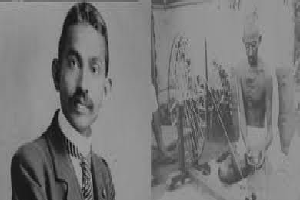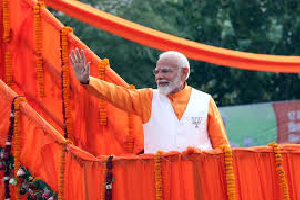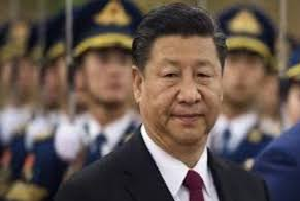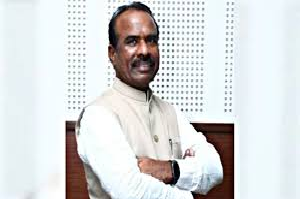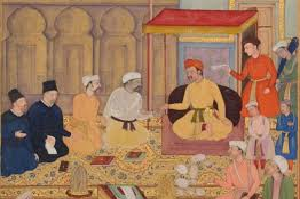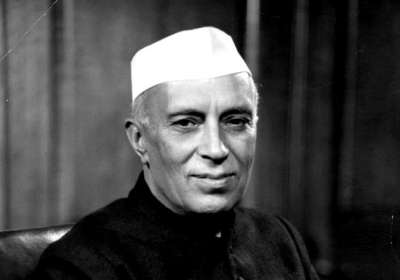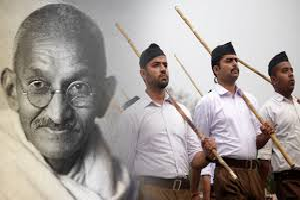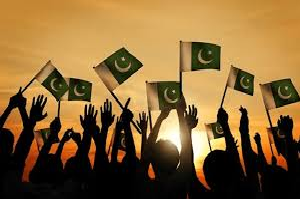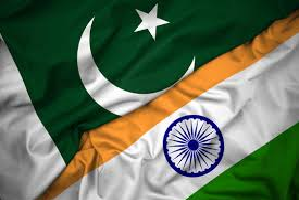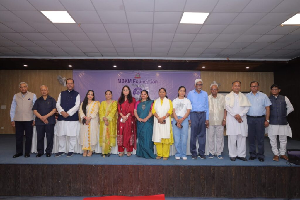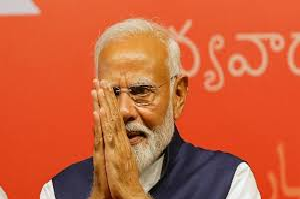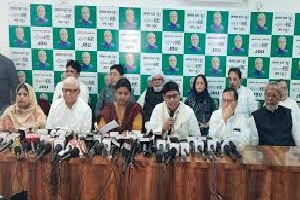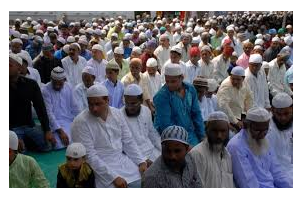10

Prof. Pradeep Mathur
New Delhi, 10 July 2024
India, a country known for its diversity, is home to various castes, creeds, and communities, each with their unique traditions and ways of life. This diversity is reflected in the country's socio-cultural structure and political super-structure, which is the subject matter of media content writing. However, concerns are being raised about the declining standards and professional ethics of journalism in India, making it essential to examine the evolution of journalism in the country.
Modern journalism in India began with the launch of a small English weekly by Augustus Hickey, a Calcutta-based Englishman, in 1780. Although the newspaper was shut down due to opposition from the East India Company's bureaucracy, it marked the beginning of a new era in Indian journalism. Raja Ram Mohan Rai, a social reformer, launched a series of newspapers in the early 19th century, setting the tone for value-based journalism focused on socio-economic development.
By the start of the 20th century, the Indian newspaper world had developed three distinct ideological trends. Some newspapers supported British rule in India, those that criticized the British Raj bureaucracy, and those that opposed British rule and supported the Indian struggle for freedom. These three streams defined journalism in India at the time of its Independence.
After India gained independence, the British press became a supporter of conservative public opinion and the corporate world. The Anglo-Indian press retained its role as a critic of the government, while the nationalist press lost its plot due to the communal divide and the partition of the country. This loss of plot is responsible for many of the media-related problems India faces today.
In the post-independence era, the Indian media slowly started losing its ideological commitment to the common man and became a profession. Media and media persons enjoy significant influence in a democratic society, and their coverage can impact the careers of those in positions of authority. As a result, media became an instrument in the hands of power brokers, and true professionalism was limited to the fringe of the industry.
The advent of TV and digital media has strengthened this trend. Initially, TV was hailed as a magic multiplier that would generate mass consciousness and fight backwardness. However, it soon became a soap opera, trivializing and frivolizing news and content related to critical issues of public good. TV has promoted sensationalism and has been accused of disseminating false news, damaging the credibility of Indian media.
The decline in TV journalism standards is a matter of great concern. To address this issue, it is essential to understand the problem objectively and analytically. The high cost of running a TV channel, the need to generate resources, and the importance of TRP ratings have led to a focus on entertaining and attracting large audiences, rather than producing quality content that educates and raises the level of understanding.
The way out of this situation is difficult but not impossible. Indian masses, illiterate or semi-literate, are willing to listen and learn if communicated effectively. To communicate with them successfully, it is essential to understand them and not impose oneself on them. Good media education, understanding of society, right perception, hard work, and a touch with ground reality are necessary to produce quality content. A thorough study of audience habits, behavior, and attitude is required to capture the motivating points in the audience psyche and create content that addresses real issues.
Only by adopting a commitment to true professionalism and understanding the needs of the audience can Indian media, especially TV news, regain its honor and prestige. This requires a shift from the current focus on entertainment and sensationalism to a focus on educating and raising the level of understanding of the masses. By doing so, Indian media can play a vital role in promoting socio-economic development and contributing to the growth of the country.
----------
Prof. Pradeep Mathur, a veteran journalist and a former Professor at IIMC, New Delhi,






